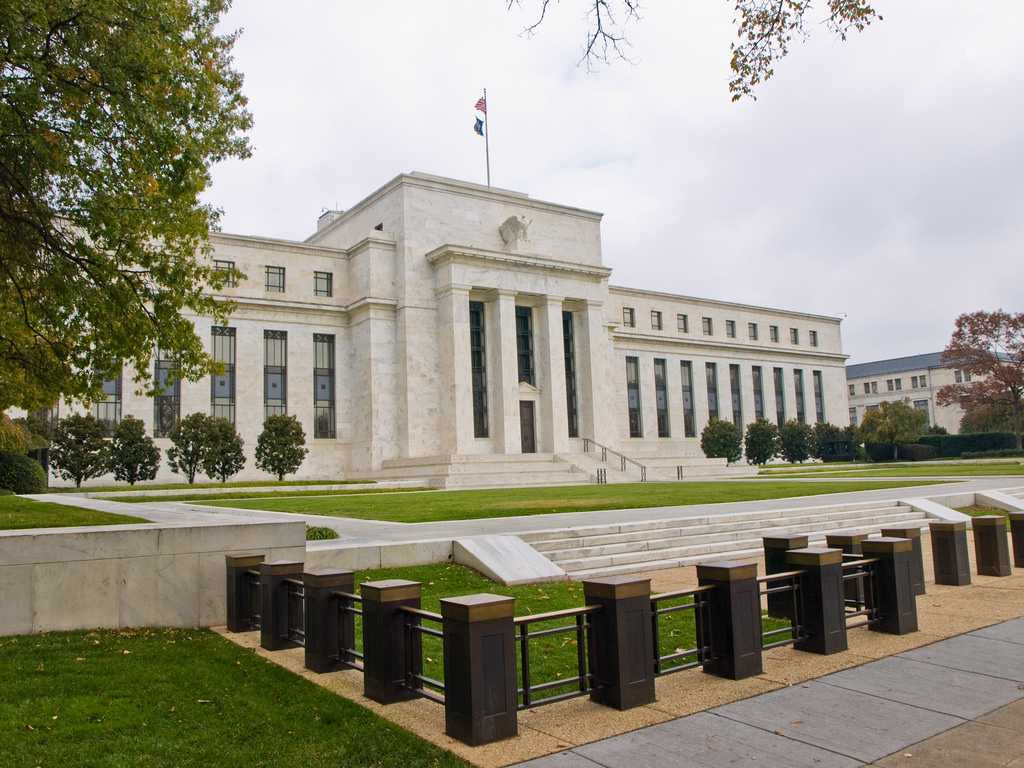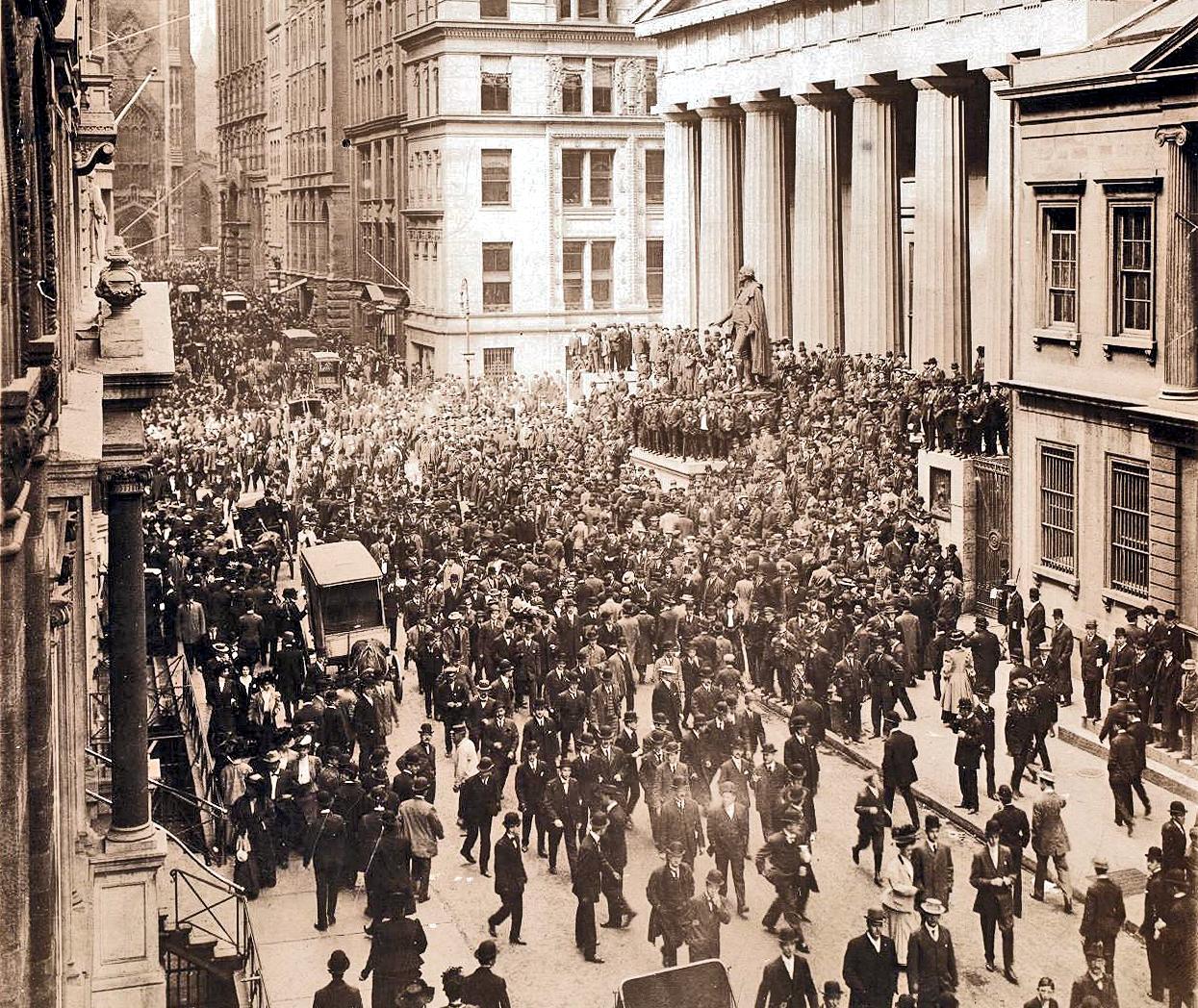Ars Technica did a nice job of creating an impartial write-up on why Hillary Clinton used an external email server, and how it was actually used. It sounds to me like there’s an institutional history of using private email to conduct business, largely due to obstructive or incompetent IT services (in fairness to the State…
Uncertainty, the Fed, and the Economy
The New York Times published this opinion piece recently, discussing the Fed’s continuing decision to delay raising rates. While the entire article is interesting, I believe that the final paragraph is the most insightful: Adding to the frustration is that Fed policy is not to blame for the economy’s underperformance. Congress bears much of the blame because of…
Hacking the Hackers
Have you ever heard of Hacking Team? It’s an Italian company specializing in “digital infiltration” products for governments, law enforcement agencies, and large corporations. Simply put, they sell hacking tools. You might think, given their business model, that they would monitor their own security religiously. Last year, however, they were hacked. Majorly hacked. “Hundreds of Gb” of their internal…
Orchids at the Missouri Botanical Garden
The Missouri Botanical Garden’s Orchid Show ended today. I went on a date there yesterday to visit the Garden and see the show. [1]Luckily, my girlfriend didn’t mind my bringing my camera along. I honestly didn’t know that there were this many different types of orchid; there were one or two hundred different varieties on…
What is asymmetric cryptography?
Whitfield Diffie and Martin Hellman were jointly awarded the 2015 ACM A.M. Turing Award today. Their 1976 paper, New Directions in Cryptography, essentially created asymmetric cryptography. Today, asymmetric cryptography secures our online communications—from PGP-secured texts, emails, and files, to TLS and SSL-secured websites (including this one). So how does asymmetric cryptography work, and how is the Diffie-Hellman key…
Email server admins are underappreciated
Today I reconfigured a server I maintain for the Office of Residential Life and Housing. It broke yesterday because of a database issue, but I’ve taken this as an opportunity to rebuild and improve it with an included email server. I have it mostly up and running now, but it’s been a long, slow process that…
How Stories Drive the Stock Market
I came across this article today in The New York Times written by Robert Shiller. Shiller is a Sterling Professor at Yale University who studies macroeconomics, behavioral economics, and public attitudes regarding markets, so he’s very qualified to discuss the role of stories in our economy. The general gist of the article, as I understand it, is that…
The Panic of 1907
The Panic of 1907 crippled the financial markets, brought ruin to banks and trust companies, all but bankrupted the Treasury of the United States of America, and required the intervention of J.P. Morgan to end. And it directly led to the founding of the Federal Reserve System in the United States, in 1913. I was…
Controlling and Ending Inflation
This is another adapted essay from my classes. This particular essay was my paper for my Monetary Policy class in the spring of 2015. I’ve cleaned it up a little, and adapted it for a blog format, but it is largely as it was in the spring of 2015. Inflation and hyperinflation is a topic…
Do Nuclear Reactors Lower Housing Prices?
The Perceived Risk of Nuclear Power Does risk play a factor in the housing market? Obviously it does—if it didn’t, Detroit wouldn’t be in trouble right now, prices in high-crime areas would be the same as everywhere else, and we’d have subdivisions built on top of active volcanoes (at least in places other than Hawaii). …







